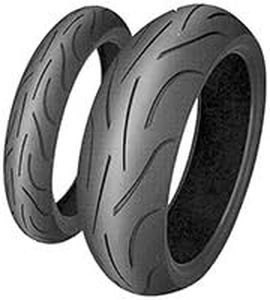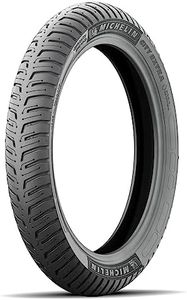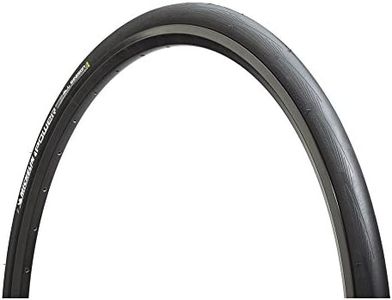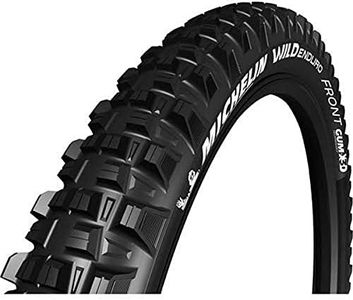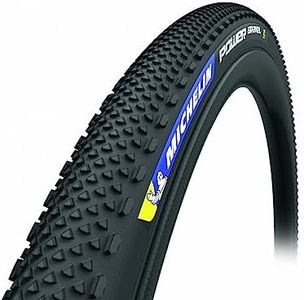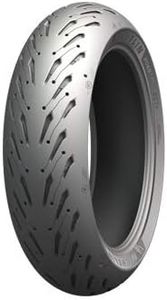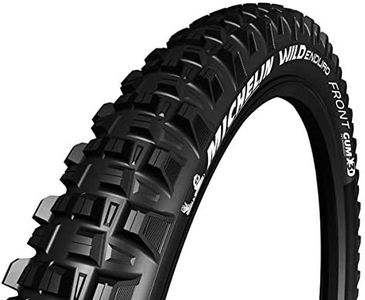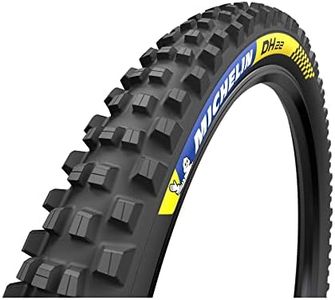We Use CookiesWe use cookies to enhance the security, performance,
functionality and for analytical and promotional activities. By continuing to browse this site you
are agreeing to our privacy policy
10 Best Michelin Tires
From leading brands and best sellers available on the web.Buying Guide for the Best Michelin Tires
Choosing the right tires is crucial because they affect your vehicle's safety, comfort, fuel efficiency, and performance. While Michelin tires are well-regarded for their durability and technology, it's important to look past the brand and focus on the specifications and features that match your driving habits, climate, and vehicle requirements. Take time to read your vehicle’s manual for the recommended tire size and specifications, but also consider where and how you drive most of the time to find the tire that best fits your lifestyle.Tire SizeTire size consists of a combination of numbers and letters (like 205/55R16), which indicate the width, aspect ratio, and diameter of the tire. This is important because the right size will ensure proper fit, safe handling, and optimal wear. Tire sizes are grouped by width and diameter: smaller sizes are common for compact cars, mid-sizes for sedans and crossovers, and larger for SUVs and trucks. Always follow your vehicle manufacturer's recommendations, as picking the wrong size can affect safety and performance.
Tread PatternTread pattern refers to the design molded into the rubber that makes contact with the road. This impacts grip, noise, and how the tire handles water or snow. Patterns are generally divided into all-season, summer, winter, and performance. If you drive year-round in mixed weather, all-season or touring tread is best. For hot, dry climates, summer patterns are best. For snow and ice, winter treads are vital. Match the tread pattern to your local weather and your driving style (calm versus sporty).
Tread Life / Mileage WarrantyTread life or mileage warranty tells you how long a tire is expected to last before it wears out. Warranties range from about 30,000 to over 80,000 miles. Higher numbers mean the tire may last longer, while lower numbers might indicate better grip or performance but shorter life. Choose longer tread life if you do a lot of highway driving and want to reduce how often you replace tires. If you want top performance or live in an area with challenging roads, you might be okay with a shorter tread warranty.
Load and Speed RatingsLoad rating tells you how much weight one tire can safely carry, while speed rating indicates the highest speed a tire can handle for extended periods. Ratings are found on the tire sidewall as a number (load) and letter (speed). Everyday drivers can stick with the ratings specified in their vehicle manual; you don’t need to exceed these unless you carry heavy loads or regularly drive fast. Picking ratings too low could be dangerous, while going much higher than needed typically adds little benefit for everyday driving.
Traction and Temperature RatingsThese ratings measure how well a tire stops on wet pavement (traction: rated AA, A, B, C) and its ability to withstand high temperatures (temperature: rated A, B, C). Higher letters indicate better performance. If you live in an area with frequent rain or high heat, look for tires with higher ratings to improve safety and lifespan. Otherwise, standard ratings are enough for average daily driving.
Noise Level and Ride ComfortNoise level and ride comfort relate to how much sound you hear inside the cabin and how smooth the ride feels. Some tires are designed for extra quietness and comfort, great for commuters and families. Sportier tires can be noisier or stiffer but may handle better. If long, quiet drives matter to you, prioritize comfort features; if you want a sporty feel, you might accept more noise and a firmer ride.
Weather SuitabilityTires come in all-season, summer, and winter versions. All-season tires are built to perform decently in most conditions, summer tires excel in hot, dry, and wet conditions but falter in snow, and winter tires are best for icy and snowy roads. Consider your local climate and how seasons affect your driving conditions. If you live where snow is common, having a dedicated set of winter tires may be important. For mild climates, all-season is usually sufficient.
